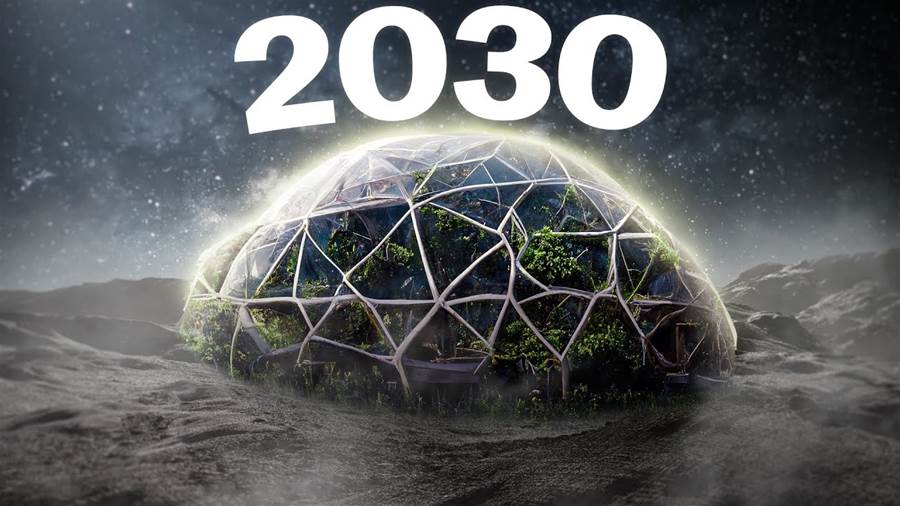
In an exciting and ambitious plan, NASA aims to establish a sustainable base on the Moon by the year 2030. This lunar base will serve as a stepping stone for future manned missions to Mars. The plan encompasses numerous innovative technologies and collaborative efforts with international partners, paving the way for human exploration beyond Earth's orbit.
NASA's Artemis program, named after the twin sister of Apollo, is focused on returning humans to the Moon and establishing a sustainable presence there. The agency plans to achieve this by leveraging new technologies and reshaping human spaceflight capabilities.
The Lunar Gateway will provide astronauts with a crucial place to live and work during expeditions to and from the Moon's surface. It will serve as a command center, a research laboratory, and a hub for communications and experiments. By utilizing various modules, the Gateway will be adaptable to different missions and equipped with necessary supplies and equipment.
A pivotal aspect of the Artemis program is the development of the Space Launch System (SLS) and the Orion spacecraft.
International collaboration is an integral part of NASA's Moon base aspiration, with partnerships already established with space agencies from countries including Europe, Canada, and Japan. These collaborations allow for the sharing of knowledge, resources, and costs, making the ambitious goal of a lunar base more achievable.
NASA also plans to utilize innovative technologies like 3D printing to construct structures and habitats on the Moon.
Furthermore, NASA plans to continue robotic missions to the Moon to gather crucial data and survey potential landing sites for humans. These missions, like the upcoming Volatiles Investigating Polar Exploration Rover (VIPER), will explore the lunar surface to map resources such as water ice that could be used to sustain a Moon base.
In conclusion, NASA's Artemis program sets an ambitious target of establishing a sustainable base on the Moon by 2030. This goal will be achieved through the development of the Lunar Gateway, powerful rockets like the SLS, and the Orion spacecraft. Collaboration with international partners, utilization of innovative technologies, and continued robotic missions to gather data will all play crucial roles in making this Moon base a reality. The establishment of a lunar base will not only mark an extraordinary achievement for human space exploration but also serve as a crucial stepping stone for future missions to Mars and beyond.








